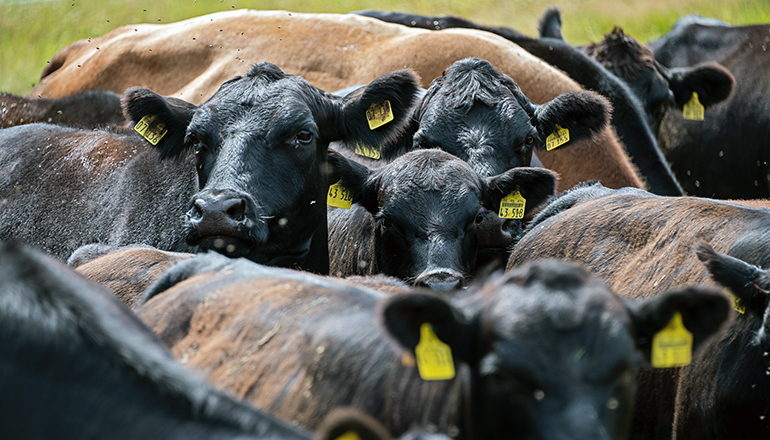Missouri beef producers have a unique opportunity to fortify their farm businesses against industry risks and improve profitability. Joe Horner, an agricultural economist with the University of Missouri Extension, emphasizes the need for improvements in three key areas: plant management, animal care, and business operations. According to Horner, excelling in just one area is insufficient for long-term success.
Horner identifies drought as a recurring challenge for Missouri farmers but advises against treating it as an emergency. Instead, he encourages producers to adopt long-term strategies and standard operating procedures to manage drought effectively.
One of Horner’s key recommendations is to maintain a hay inventory 50% larger than normal, rotating it annually. This approach serves as a safeguard against drought-related challenges and offers tax benefits, especially with high calf prices anticipated for 2024.
Horner notes that younger farmers are facing unprecedented interest rates, a stark contrast to the artificially low rates since the 2008 recession. Experienced producers are familiar with such cycles and tend to manage their finances differently, focusing more on cash management and debt reduction.
The livestock industry is currently at the end of a 10-year cycle, with tight cow inventories and rising feeder calf prices. Horner predicts robust market conditions in the coming years, resembling the favorable environment seen in 2014. He suggests that farmers should prepare for higher profit margins by seeking tax deductions in areas that enhance farm profitability and resilience.
Horner offers ten specific tips for increasing farm profits:
- Maintain a Separate Bull Pasture: This helps manage breeding seasons and obtain higher prices for uniform calf lots.
- Follow Veterinarian Advice: Adhering to vaccination schedules and testing for bull soundness adds value to the farm.
- Invest in Quality Cattle Handling Facilities: Good facilities reduce injuries and make cattle management easier.
- Implement Effective Fencing for Weaning: This increases the market value of calves.
- Carry Extra Hay Inventory: An additional 50% of hay stock is drought insurance.
- Conduct Soil Tests: Soil testing helps in nutrient management for improved yields.
- Adopt Native Warm-Season Grasses: These grasses enhance drought resilience and improve cattle performance.
- Implement Rotational Grazing: This system improves cattle and forage management. For more information, visit the Missouri Center for Regenerative Agriculture at this link.
- Understand Risk Insurance Programs: Familiarize with PRF and LRP insurance through MU Extension publications at this link.
- Consult a Farm Tax Preparer: Ensure compliance with IRS regulations and optimize tax benefits.
(Photo by Etienne Girardet on Unsplash)


